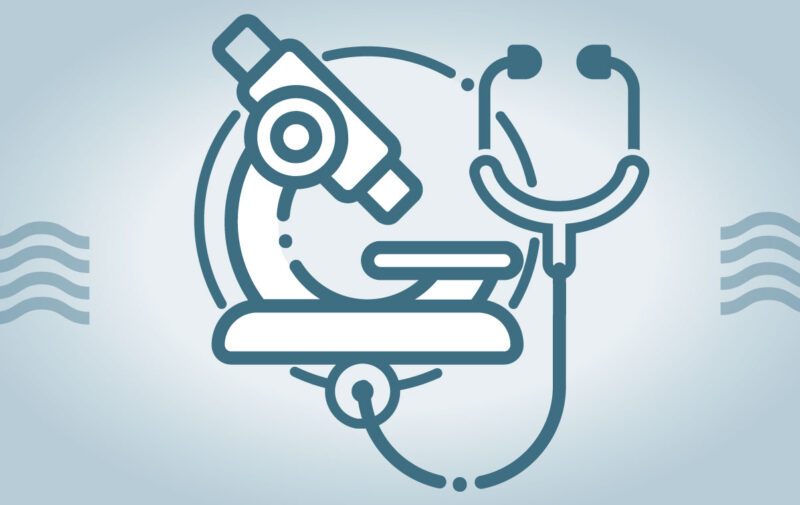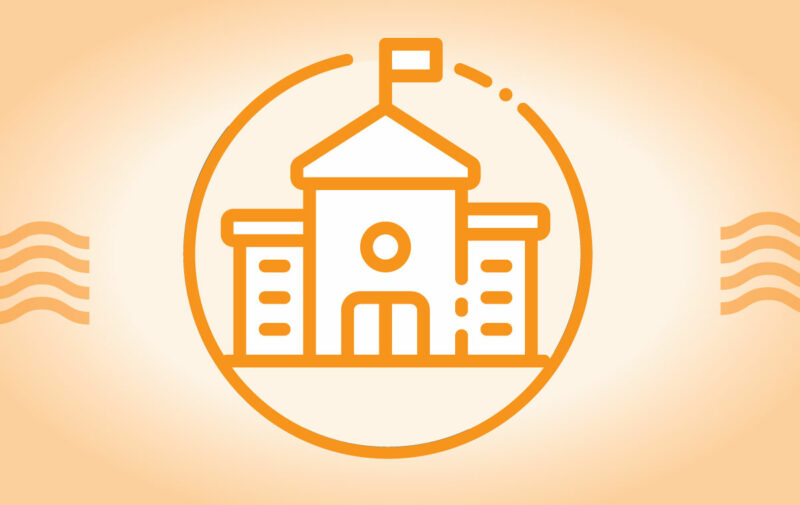
Collaborative Health Sciences Program
Screening in Trauma for Opioid Misuse Prevention (STOMP)
Year Awarded:
2015
Screening in Trauma for Opioid Misuse Prevention (STOMP) aimed to address the opioid addiction and overdose epidemic in Wisconsin by developing and implementing a screening tool to identify risk factors for opioid misuse in individuals who experienced traumatic injuries. The study enrolled 295 patients who suffered traumatic injuries and were prescribed opioids upon discharge. About 59 percent of participants completed all required measures during the six-month follow-up period, and six individuals met criteria for opioid use disorder six months after receiving their prescription. A screening tool, developed using statistical modeling, was successfully pilot tested at four trauma centers across the state. This tool will contribute to efforts to prevent opioid addiction and related complications in this high-risk group.

PERC Opportunity Grant
Stroke Prevention in the Wisconsin Native American Population
Year Awarded:
2019
This project, Stroke Prevention in the Wisconsin Native American Population, aimed to establish a stroke prevention program for Wisconsin’s Native American population as this community faces higher rates of stroke, coronary artery disease, and associated risk factors compared to other racial groups. Despite challenges due to the COVID-19 pandemic, the researchers successfully engaged the Native American community with web-based education and a wellness coach who was based on the reservation. Preliminary data showed a greater need for stroke prevention than initially expected, with approximately 80 percent of tribe elders at increased risk for stroke and 50 percent having diabetes. The project has received bridge funding to support their work while seeking additional funding for the long-term continuation of the stroke prevention program.

Strategic Education
Increasing Indigenous Representation in Medicine through Academics Engagement and Innovation (IIMAGIN)
Year Awarded:
2022
A new initiative called Increasing Indigenous Representation in Medicine through Academics, Engagement and Innovation (IIMAGIN) led by the UW School of Medicine and Public Health’s Native American Center for Health Professions (NACHP) will expand the recruitment of indigenous students into health professions. American Indian/Alaska Native (AI) professionals are underrepresented in medicine and the health professions, and there are gaps along the medical training pathway at two key stages including application to medical school and retention/promotion to faculty. IIMAGIN aims to address the healthcare workforce needs at critical intervention points along the medical training pathway by creating dedicated pre-college and college pathway programs, establishing a pre-faculty development pathway, and developing new AI health and medical curriculum offerings.

COVID-19 Response Grant
Interferon Responses in “COVID Toes,” Footprints from SARS-CoV2 Infection
Year Awarded:
2020
After the initial peak of the COVID-19 pandemic in April 2020, physicians noted a surge of red to purple bruise-like bumps on the toes of otherwise healthy patients. This symptom, popularly referred to as “COVID toes,” is clinically identical to a skin condition known as chilblains. Rarely, chilblains can be a cutaneous manifestation of the type 1 interferonopathies, genetic disorders associated with elevated levels of type 1 interferons. Type 1 interferons are proteins produced in response to viral infections and are critical in the host response to the SARS-CoV-2 infection. However, the precise link between COVID toes and the SARS-CoV-2 virus remained unknown. Because patients with COVID toes often reported close contacts with COVID-19 infection but consistently tested negative for infection in their blood and nasopharynx, researchers hypothesized that COVID toes could be a manifestation of resiliency to the SARS-CoV-2 virus via a robust and early type 1 interferon response, which remained visible in the toes.
Researchers found evidence of local activation of the type I interferon in COVID toe biopsies that was significantly higher than in normal skin from patients without COVID. Researchers also identified the presence of viral RNA in patients’ toes, suggesting that SARS-CoV-2 infection could be a possible trigger for COVID toes. Finally, a golden hamster animal model was employed to evaluate whether SARS-CoV-2 viral RNA could reach the toes. In this model, after low-dose exposure of SARS-CoV-2 through the nasopharynx, viral RNA was found both in the lungs and indeed in the toes of infected hamsters. The hamsters mounted a robust type I interferon response in their lungs and their toes, and this response closely correlated with the presence of SARS-CoV-2 viral RNA. Previous studies in humans with COVID toes found a very early type 1 interferon response in the peripheral blood, which waned within days. This study found a durable type 1 interferon response in skin but not in the peripheral blood, which could explain why most patients with COVID toes felt systemically well aside despite their skin findings.

New Investigator Program
Improving Antibiotic Stewardship for Long Term Care Facility Residents Treated in the Emergency Department
Year Awarded:
2015
The inappropriate use of antibiotics in healthcare settings is a significant patient safety and public health threat. Older adults, particularly those living in long-term care facilities, often receive inappropriate antibiotic prescriptions in the emergency department and are at high risk for related complications.
The primary issue leading to inappropriate antibiotic prescribing for older adults identified by this project was urine testing patterns that resulted in overdiagnosis of urinary tract infections. To address this, the researchers developed and implemented a new way for emergency care providers to order urine testing in the electronic health record which was associated with a significant decrease in unnecessary antibiotic use in older adults being evaluated for urinary tract infections.

New Investigator Program
Improved Glycemic Control Through Reduction of Specific Dietary Amino Acids
Year Awarded:
2015
Diabetes costs Wisconsin over $6 billion in health care costs each year. Diabetes is a particularly acute problem for minority groups in our state, affecting over 40 percent of American Indian and 20 percent of African American adults. Altogether, nearly two million Wisconsin residents are estimated to have diabetes or pre-diabetes, which are associated with diet and obesity. Because of this, dietary interventions that promote blood sugar control and a healthy weight are needed.
The researchers found that reducing dietary levels of three amino acids restored blood sugar control and normal body composition in obese, insulin-resistant mice, even if they consumed a high-fat, high-sugar diet. Further research will test the translatability of the findings to humans.

Collaborative Health Sciences Program
PI3K/PTEN Targeted Therapy for HPV-associated Cancers
Year Awarded:
2015
This research studied common genetic changes in a gene called PI3K, a type of mutation found frequently in HPV-associated anal, head, and neck cancers, with the goal of advancing knowledge to inform choices of anticancer drugs for HPV-associated cancers.
The researchers found that these genetic changes drove development of cancers in mice, but that drugs targeting PI3K did not necessarily inhibit human cancers, indicating a need to develop additional steps to assess whether a cancer will respond to a targeted drug therapy. A new type of culture system, called the tumor spheroid culture system, may provide that means.

COVID-19 Response Grant
COVID-19 and the Nasal Microbiome: Potential Marker of Disease Outcomes and Novel Antivirals
Year Awarded:
2020
The COVID-19 Response grants awarded by the Faculty Grant support UW–Madison researchers across campus in scientific, medical and public health approaches to lessening the impact of COVID-19 through improved testing, treatments and vaccine development, as well as projects that aim to protect the public and healthcare workforce from the virus.

PERC Opportunity Grant
Improving Access to High Quality Surgical Care in Wisconsin Communities
Year Awarded:
2018
This project sought to develop the Surgical Collaborative of Wisconsin (SCW), a cost-efficient statewide collaborative to improve the quality of surgical care. The interest and engagement of surgeons and hospitals has surpassed the initial goal of involving 24 hospitals in the initiatives. SCW engaged 85 hospitals, where nearly 75 percent of breast and colorectal procedures are performed. There has been a significant reduction in reoperations in SCW participating vs non-participating hospitals. This project was also successful in establishing new partnerships, new initiatives, and supporting quality improvement in surgical care.

New Investigator Program
Autologous Regeneration in Burn Injured Patients
Year Awarded:
2017
Each year, around 11 million people worldwide sustain burn injuries severe enough to require medical attention. One year in Wisconsin contributes 61 fatalities and over 600 hospitalizations related to burn injuries to the worldwide total. Burn survivors can experience lifelong pain, scarring, and infection from burns as well as from the surgery needed to heal the wounds. As such, there is a significant need to develop new treatment strategies. This work aims to understand how healing can be accomplished without grafting healthy skin from the patient’s body.
The research team met the overall goals of this project, which included developing and characterizing an ex vivo (outside of an organism) human burn injury model, including instrumentation to generate consistent and reliable thermal injury identification of the natural variation in human skin, and the ability of the tissue to recover in culture.